Western Myall
Display all 14 images
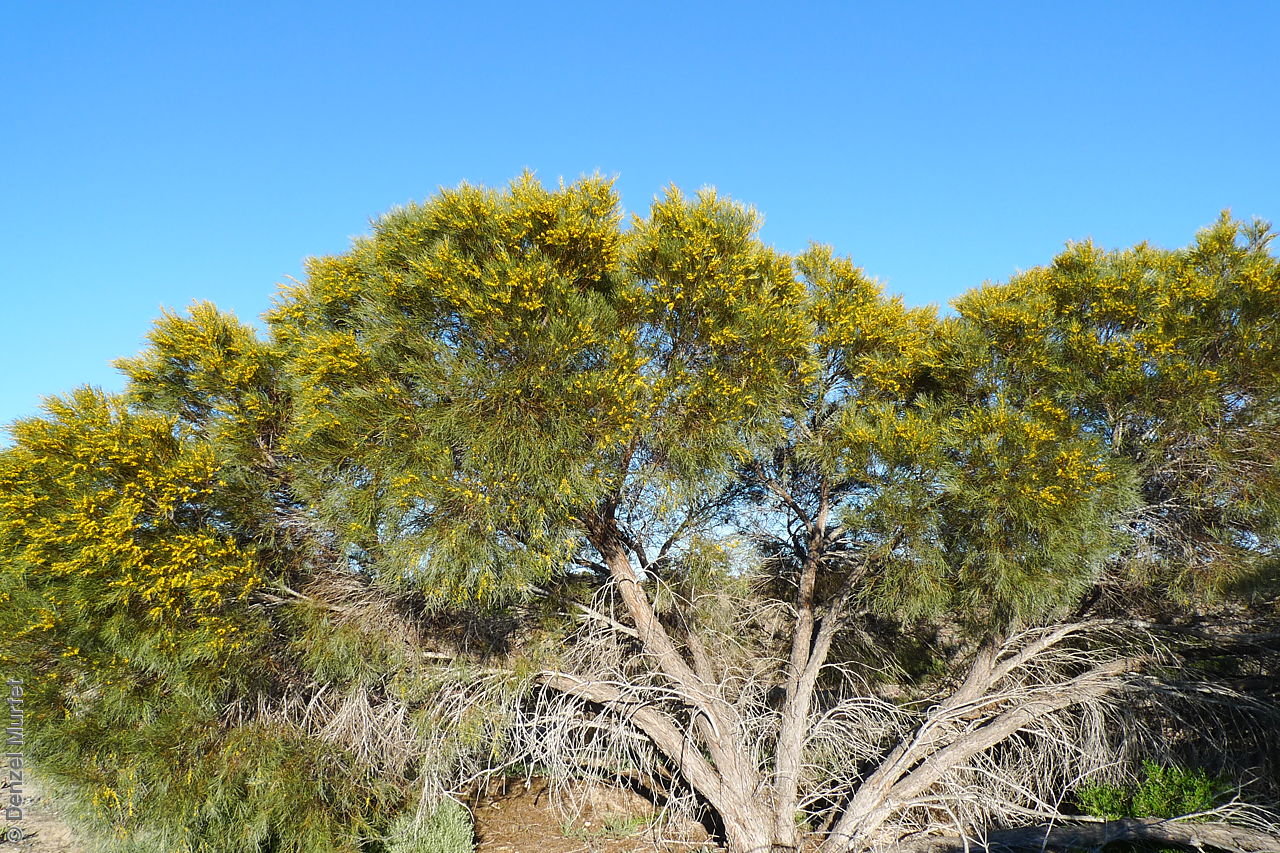
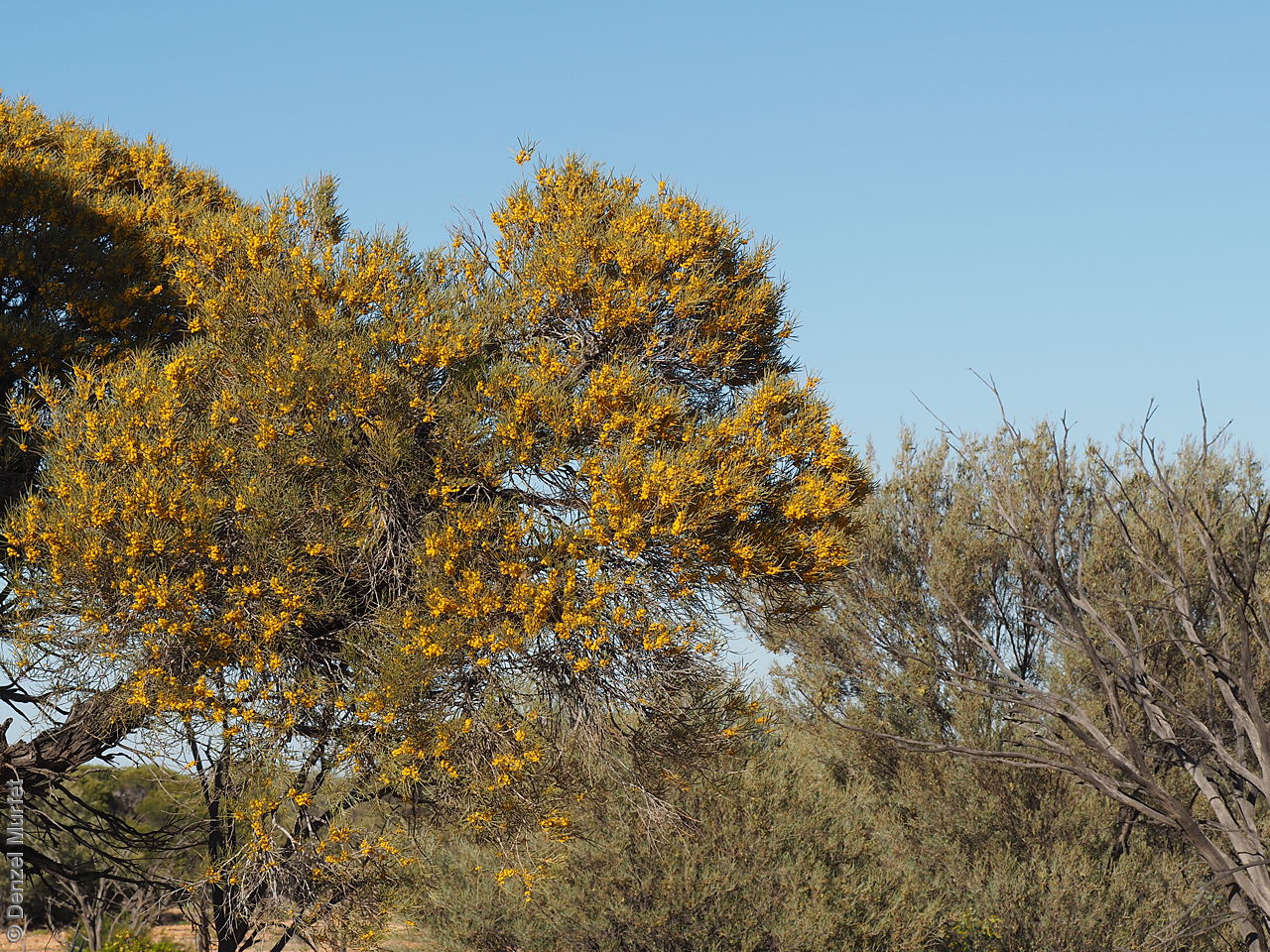
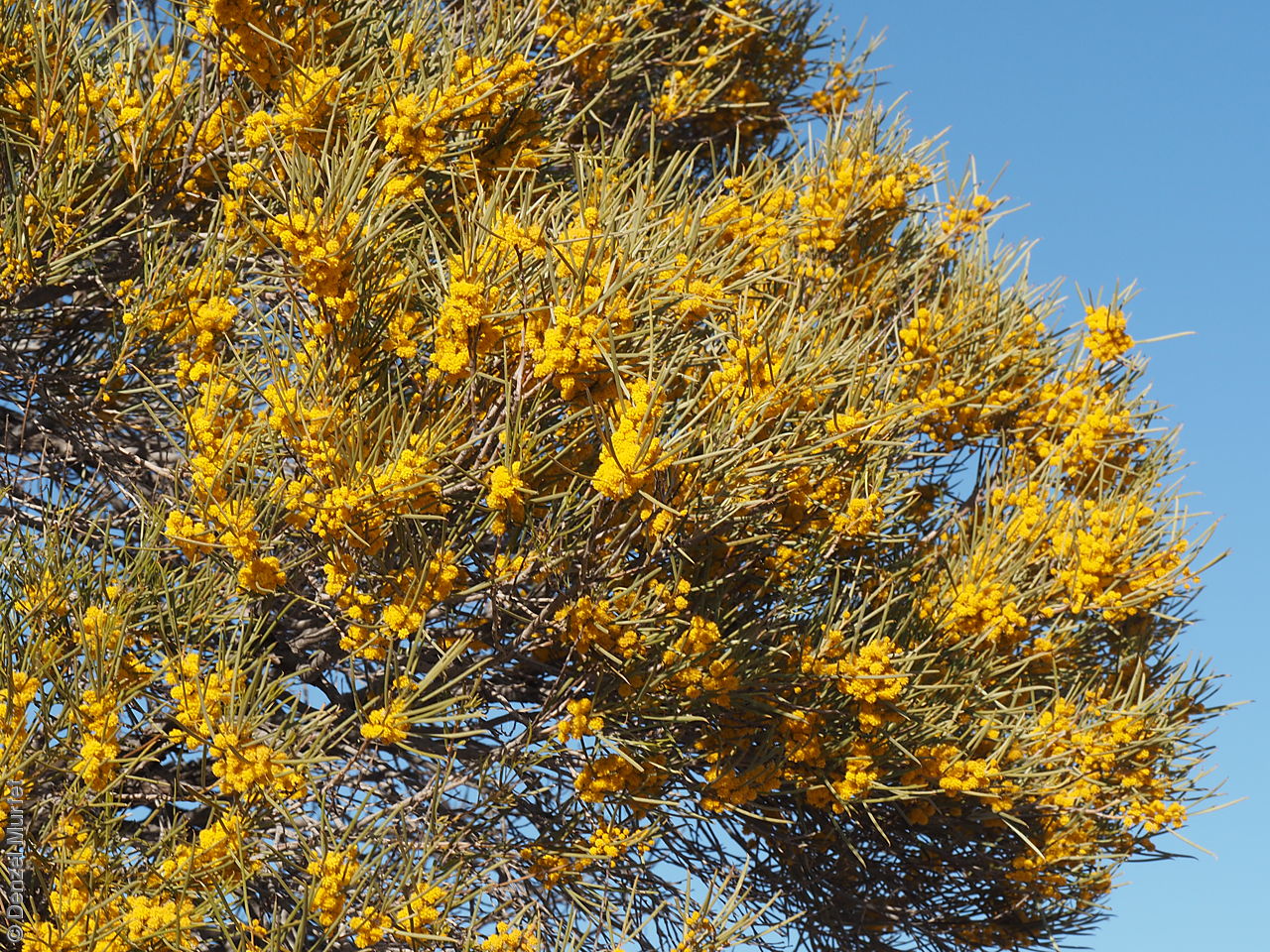
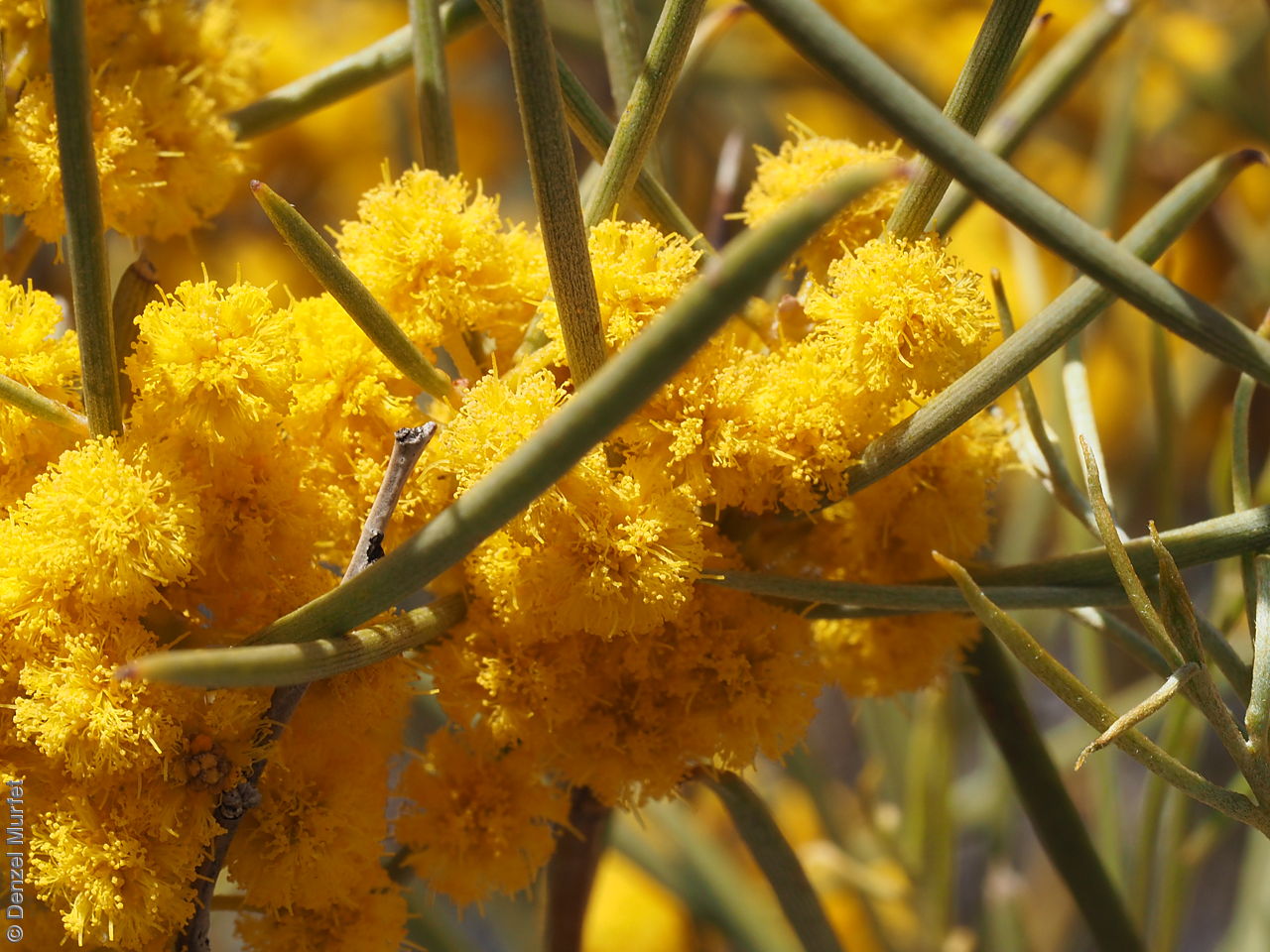
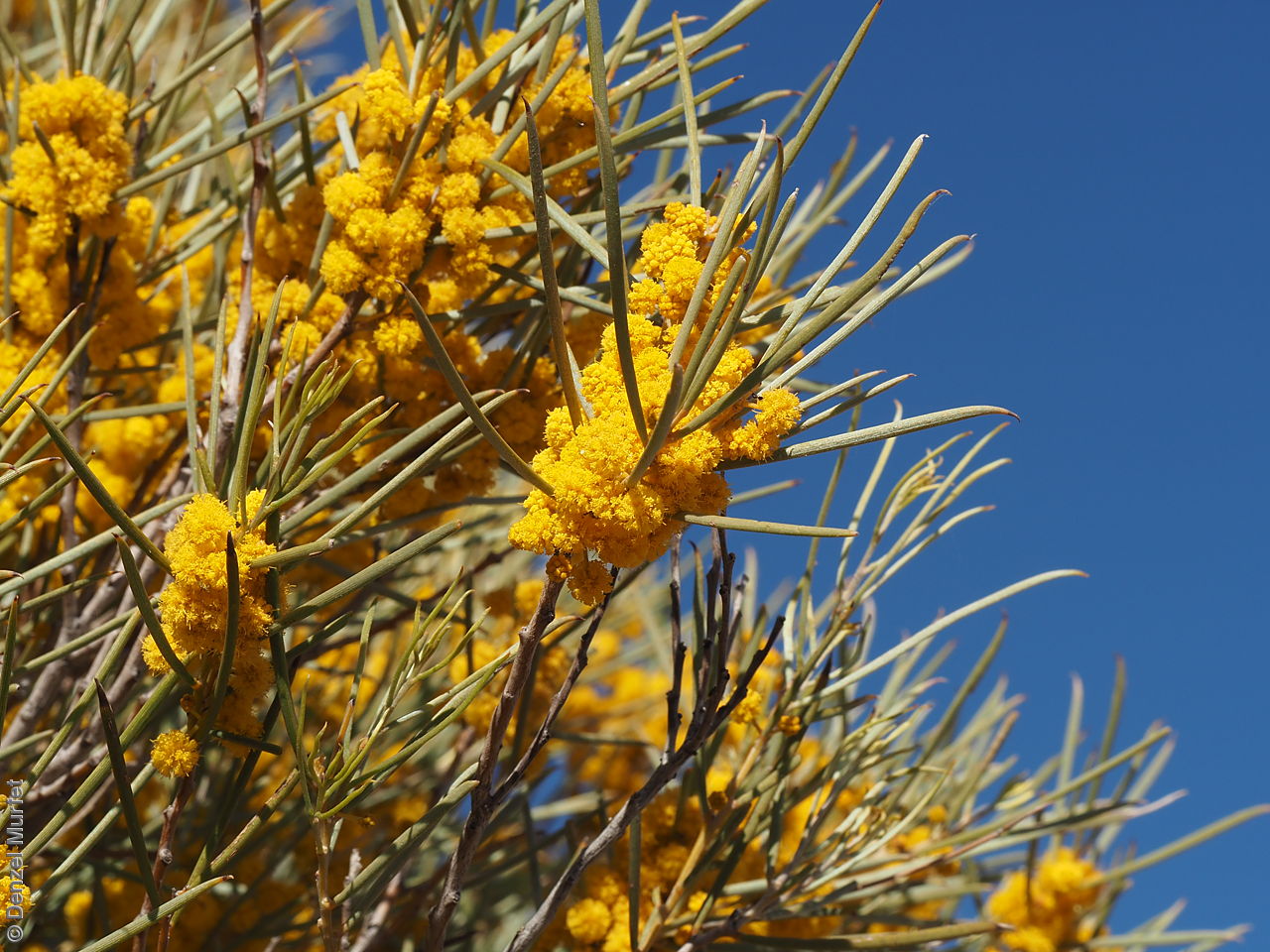
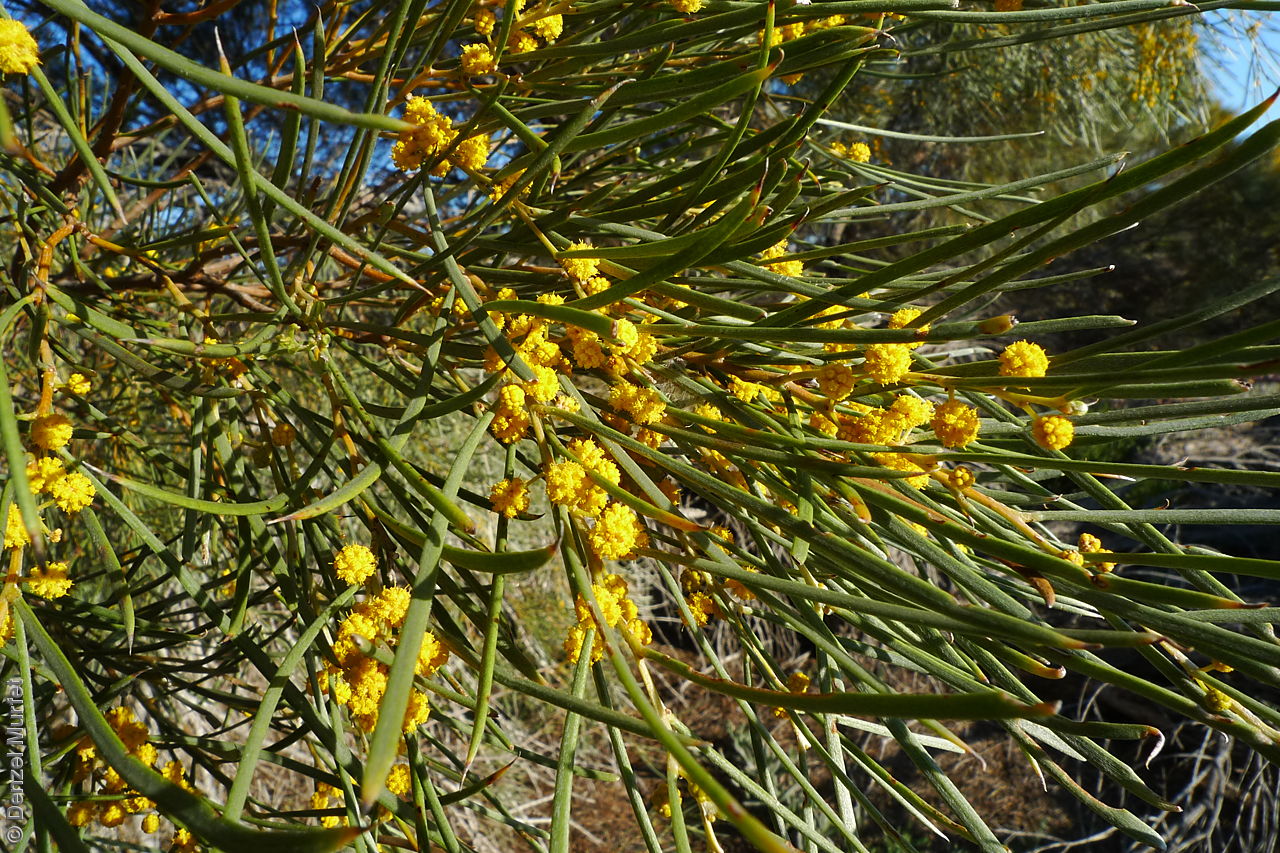
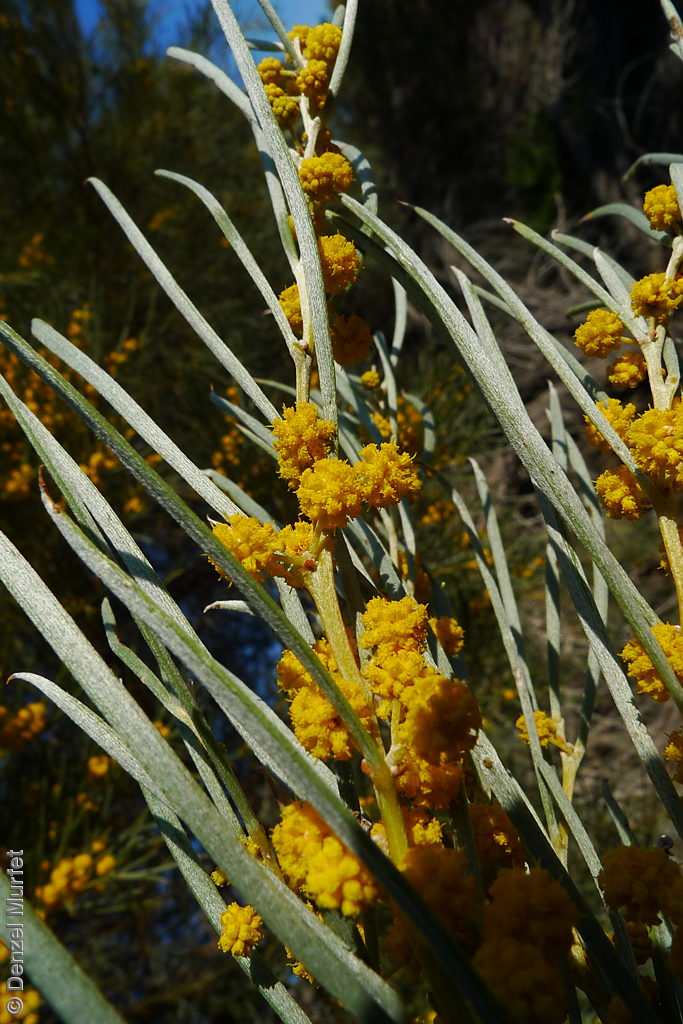

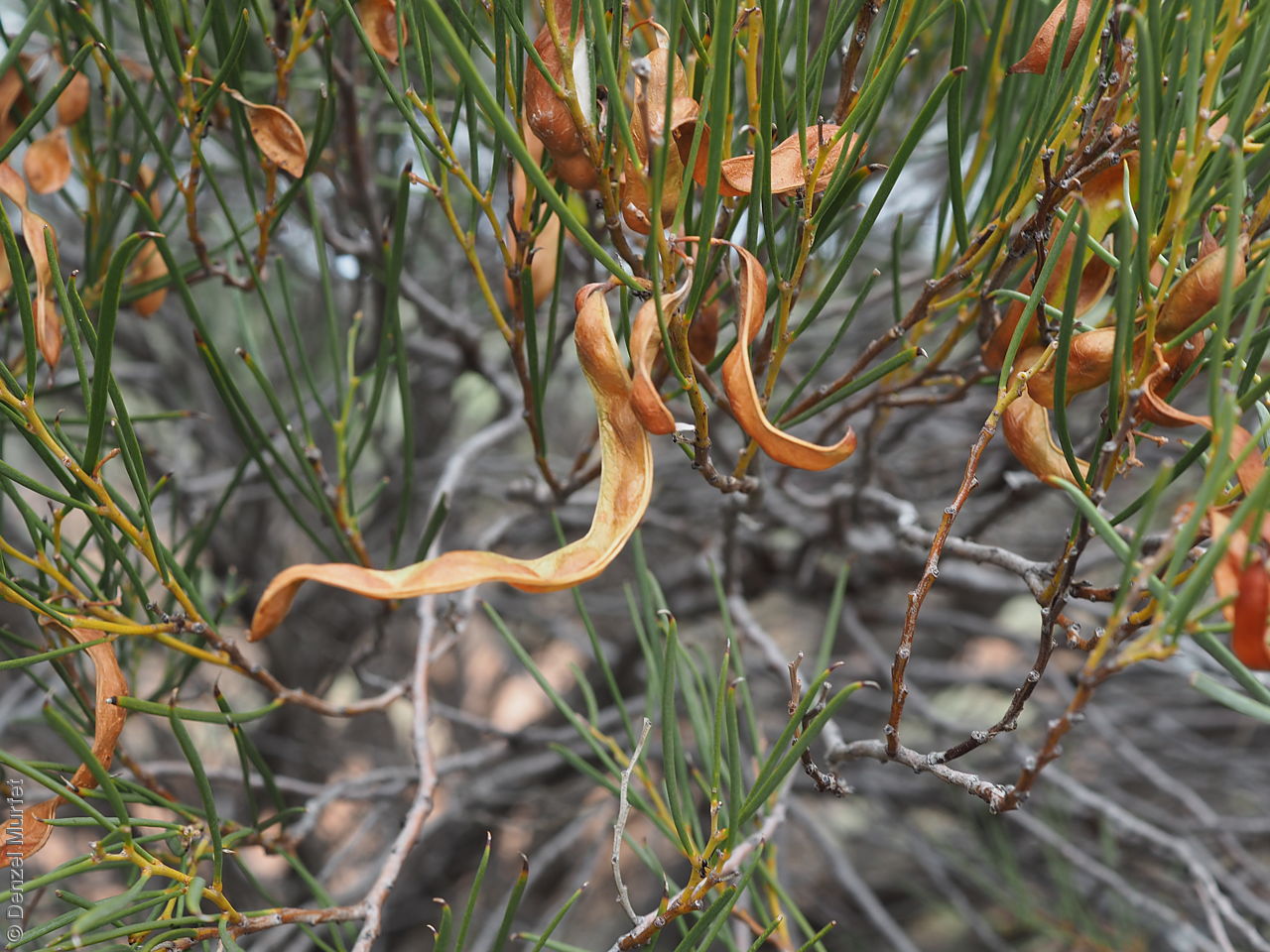
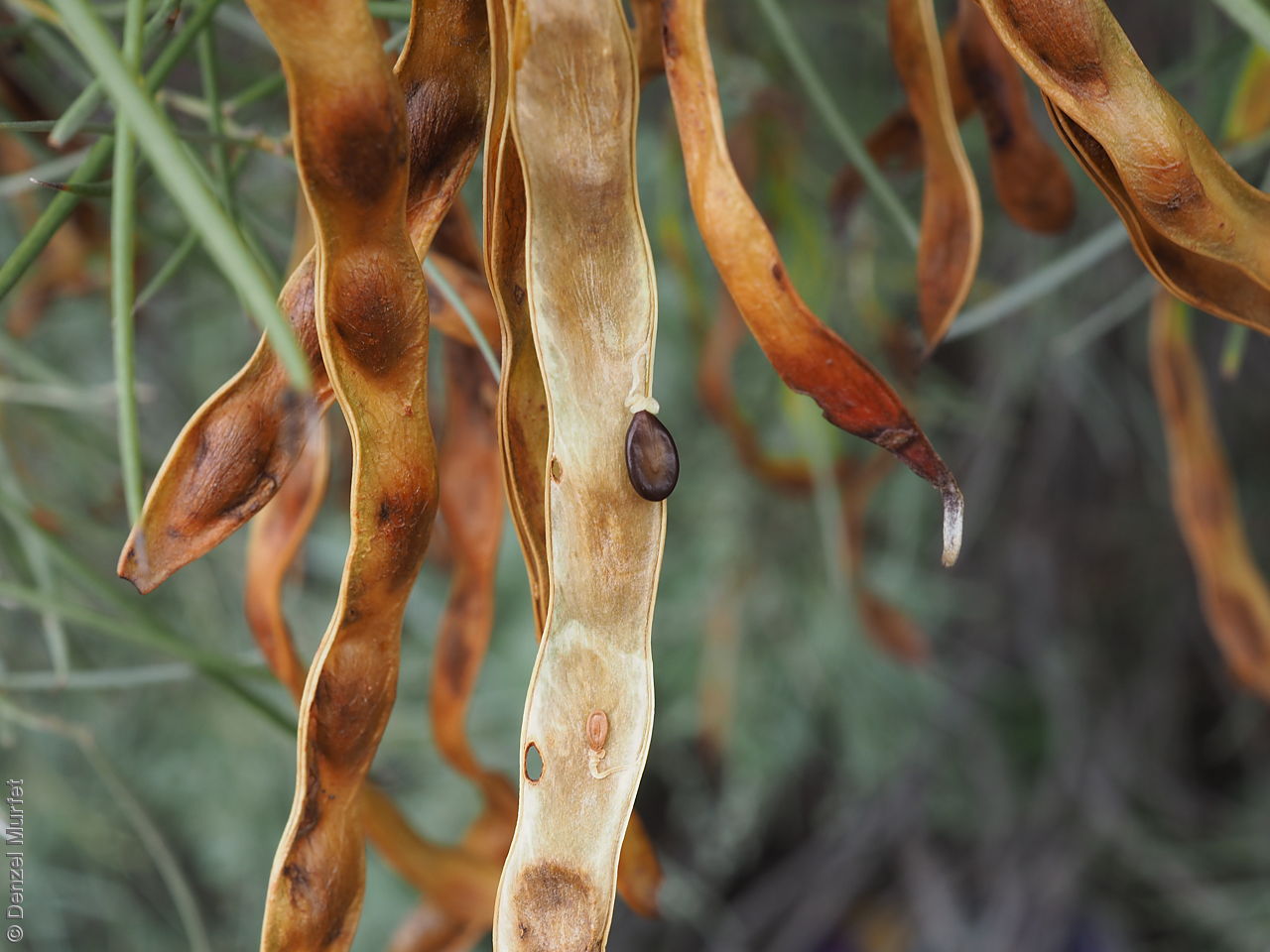


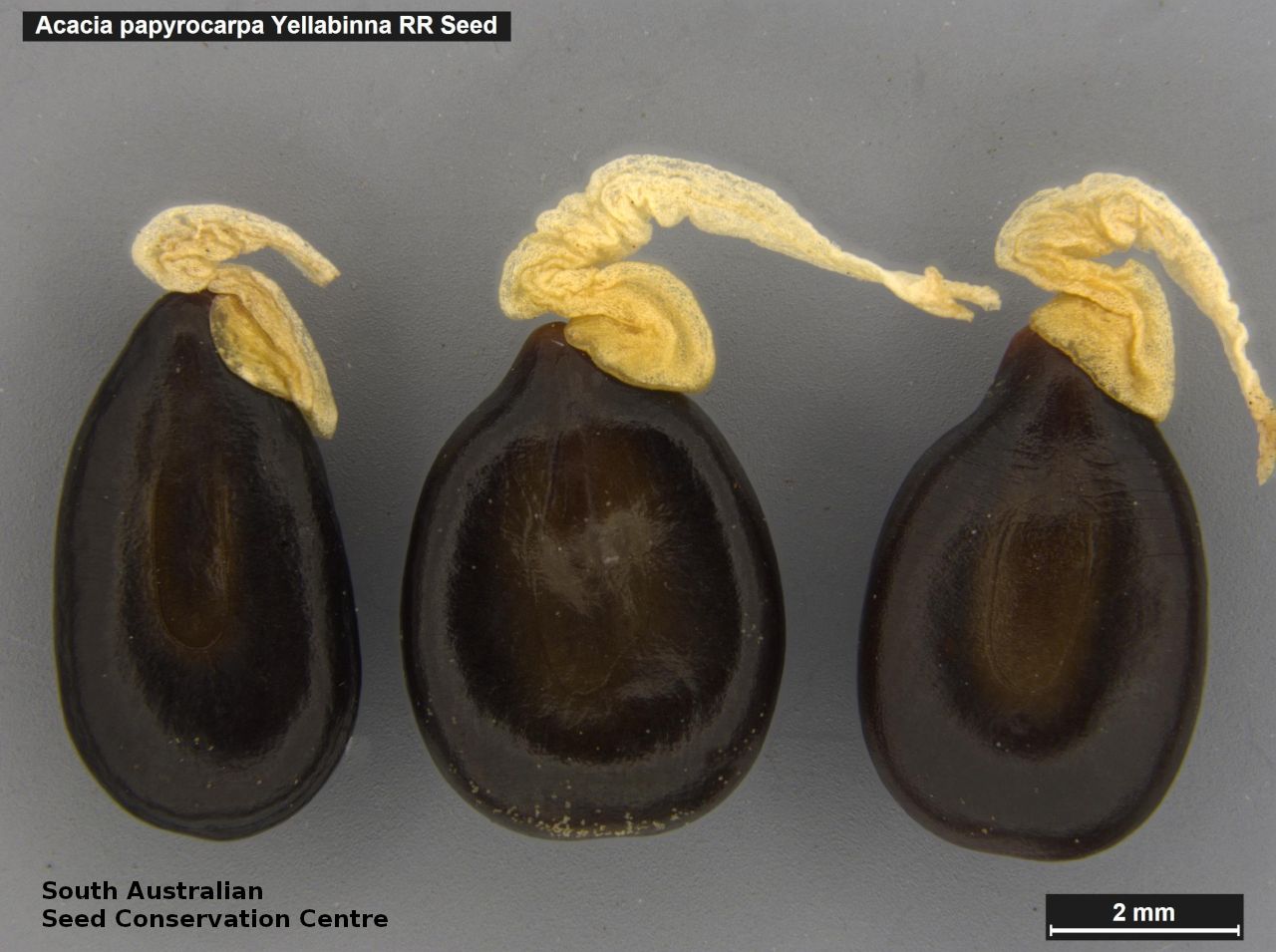
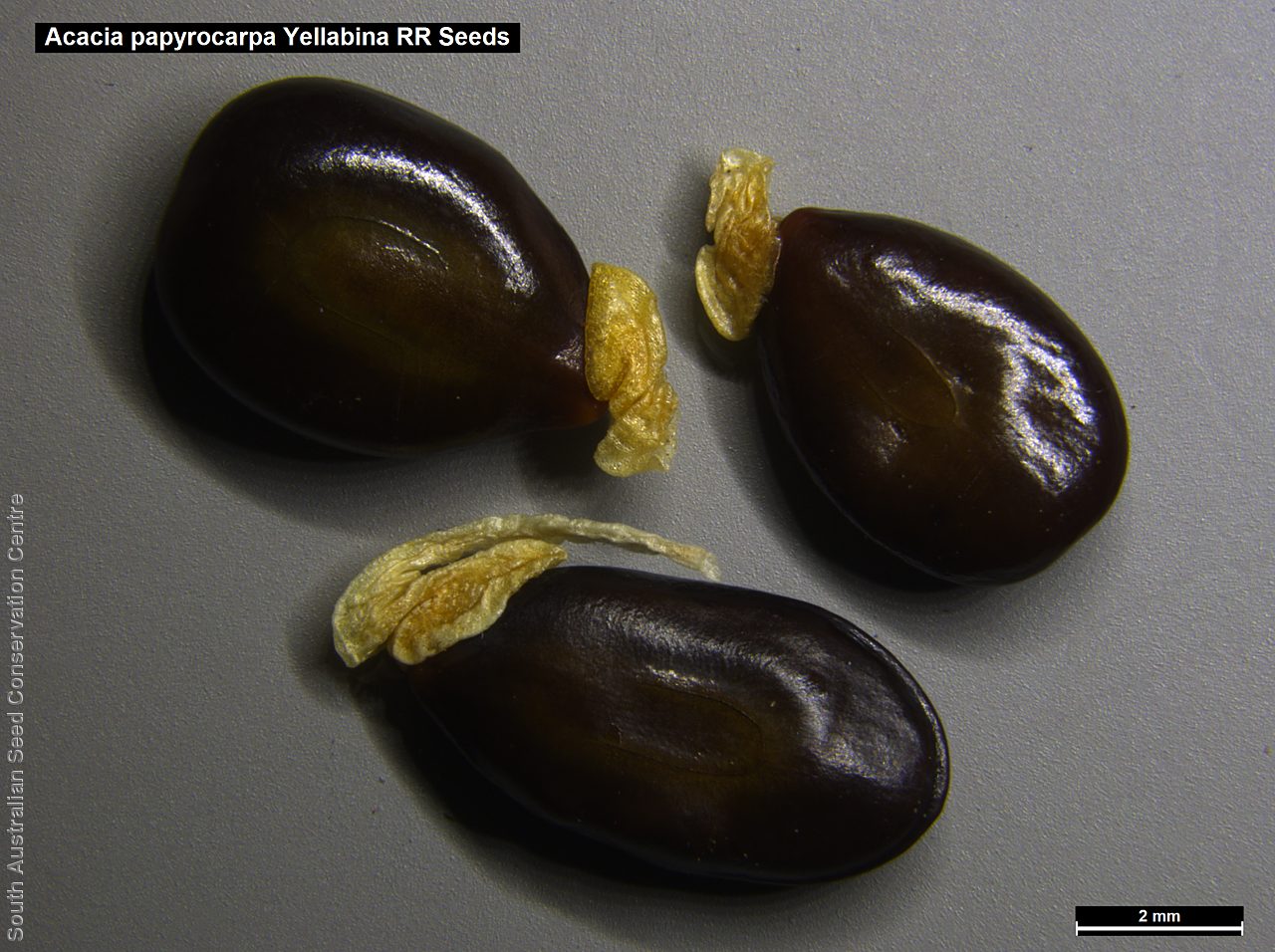
Regional Species Conservation Assessments per IBRA subregion.

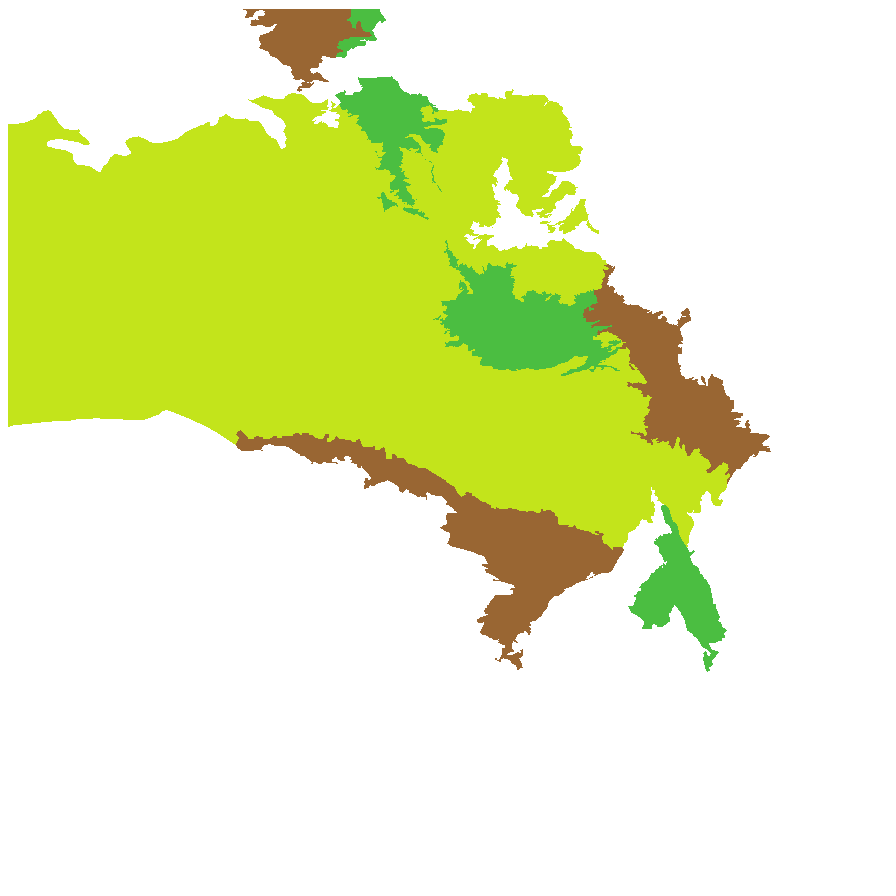
Least concern
Near threatened
Rare
Vulnerable
Endangered
Critically endangered
Extinct
Data deficient
Adelaide
Arkaroola
Ceduna
Coober Pedy
Hawker
Innamincka
Marla
Marree
Mount Gambier
Oodnadatta
Renmark
Wudinna
Keith
Yunta
Display IBRA region text
| Southern Flinders (FLB04) | Flinders Lofty Block | Near Threatened (Probable Decline) [edge of range] |
| Central Flinders (FLB06) | | Rare (IUCN: RA d(i,ii)) [edge of range] |
| St Vincent (EYB02) | Eyre Yorke Block | Least Concern (Probable Decline) [edge of range, long lived, needs heavy rainfall, grazed by sheep] |
| Eyre Hills (EYB03) | | Rare (IUCN: RA d(ii)) (Probable Decline) [rare recruitment events, white fly a problem] |
| Eyre Mallee (EYB05) | | Rare (IUCN: RA d(i,ii)) (Probable Decline) [rare recruitment events, white fly a problem] |
| Myall Plains (GAW01) | Gawler | Near Threatened (Probable Decline) [rare recruitment events & rabbit browsing] |
| Gawler Volcanics (GAW02) | | Near Threatened (Probable Decline) [rare recruitment events, white fly a problem] |
| Gawler Lakes (GAW03) | | Near Threatened (Probable Decline) [rare recruitment events, white fly a problem] |
| Arcoona Plateau (GAW04) | | Near Threatened (Probable Decline) [rare recruitment events, white fly a problem] |
| Kingoonya (GAW05) | | Near Threatened (Probable Decline) [rare recruitment events, white fly a problem] |
| Torrens (GAW06) | | Rare (IUCN: RA d(i,ii)) [could be declining; lack of recruitment, white-fly] |
| Roxby (GAW07) | | Least Concern |
| Commonwealth Hill (GAW08) | | Near Threatened [could be declining; lack of recruitment, white-fly] |
| Maralinga (GVD03) | Great Victoria Desert | Near Threatened (Probable Decline) [rare recruitment events, white fly a problem] |
| Tallaringa (GVD05) | | Near Threatened [could be declining; lack of recruitment, white-fly] |
| Yellabinna (GVD06) | | Near Threatened (Probable Decline) [rare recruitment events, white fly a problem] |
| Carlisle (NUL01) | Nullarbor | Near Threatened (Probable Decline) [rare recruitment events, white fly a problem] |
| Nullarbor Plain (NUL02) | | Near Threatened (Probable Decline) [rare recruitment events, white fly a problem] |
| Yalata (NUL03) | | Near Threatened (Probable Decline) [rare recruitment events, white fly a problem] |
| Hampton (HAM01) | Hampton | Near Threatened (Probable Decline) [rare recruitment events, white fly a problem] |
| Breakaways (STP01) | Stony Plains | Least Concern |
| Oodnadatta (STP02) | | Near Threatened [could be declining; lack of recruitment, white-fly] |
| Peake-Dennison Inlier (STP04) | | Near Threatened |
| Baltana (STP07) | | Near Threatened [could be declining; lack of recruitment, white-fly] |
| Tieyon (FIN03) | Finke | Rare (IUCN: RA d(i,ii)) |
| 2 of 6 subregions | Flinders Lofty Block | Near Threatened , Rare |
| 3 of 5 subregions | Eyre Yorke Block | Least Concern , Rare |
| 8 of 8 subregions | Gawler | Least Concern , Near Threatened , Rare |
| 3 of 4 subregions | Great Victoria Desert | Near Threatened |
| 3 of 3 subregions | Nullarbor | Near Threatened |
| Hampton (HAM01) | Hampton | Near Threatened (Probable Decline) [rare recruitment events, white fly a problem] |
| 4 of 7 subregions | Stony Plains | Least Concern , Near Threatened |
| Tieyon (FIN03) | Finke | Rare (IUCN: RA d(i,ii)) |
Botanical art
Kath Alcock paintings: 5
Prior names
Acacia aff. papyrocarpa Benth.
Acacia sowdenii
Etymology
Acacia from the Greek 'akakia' and derived from 'ake' or 'akis' meaning a sharp point or thorn and 'akazo' meaning to sharpen. Dioscorides, the Greek physician and botanist used the word in the 1st century AD for the Egyptian thorn tree, Acacia arabica. Papyrocarpa from the Greek 'papyrus' meaning paper-like and 'karpos' meaning fruit.
Distribution and status
Found in arid and semi-arid parts of South Australia, in the North-Western, Lake Eyre, Nullarbor, Gairdner-Torrens, Eyre Peninsula and Flinders Ranges regions, growing in low open woodland, tall open-low shrubland in association with Maireana, on sandy loams and calcareous soils. Also found in Western Australia. Native. Common in South Australia. Common in Western Australia.
Herbarium regions: North Western, Lake Eyre, Nullarbor, Gairdner-Torrens, Flinders Ranges, Eyre Peninsula
NRM regions: Alinytjara Wilurara, Eyre Peninsula, Northern and Yorke, South Australian Arid Lands
AVH map: SA distribution map (external link)
Plant description
Tall shrubs or small trees to 7 m high, usually multi-stemmed and forming neat rounded, spreading, shady canopies which often appear silvery-green with new growth. Branchlets sometimes drooping, slightly angular, minutely pubescent but becoming terete and glabrous with age, with grey, rough, flaky and fissured bark. Leaves linear to 8 cm long and 3 mm wide, straight or slightly curved; compressed, appressed pubescent, silvery pubescent when young, with numerous fine parallel longitudinal veins; apex terminating in a fine delicately curved point, attenuate towards the base; glands basal. Flower-spike in axillary clusters of 2-6 globular, yellow flower-heads. Flowering between August and November. Fruits are brown, narrowly oblong pod to 10 cm long and 8 mm wide; flat, leathery, reticulate; scarcely constricted between seeds Seeds are hard, dark brown to black ovoid seed to 6 mm long and 4.5 mm wide. Seed embryo type is investing.
Seed collection and propagation
Collect seeds between December and February. Collect mature pods that are turning brown, with hard, dark seeds inside. Place the pods in a tray and leave to dry for 1-2 weeks or until the pods begin to split. Then rub the dried pods to dislodge the seeds. Use a sieve to separate any unwanted material. Store the seeds with a desiccant such as dried silica beads or dry rice, in an air tight container in a cool and dry place. This species has physical dormancy that needs to be overcome for the seed to germinate (e.g. nicking or softening the seed coat).
| Location | No. of seeds
(weight grams) | Number
of plants | Date
collected | Collection number
Collection location | Date
stored | % Viability | Storage
temperature |
MSB |
3,700 (55 g) | 50+ | 19-Dec-2007 | LMP80
Nullarbor | | 90% | |
Location: BGA — the seeds are stored at the Adelaide Botanic Gardens, MSB — the seeds are stored at the Millennium Seed Bank, Kew, England.
Number of plants: This is the number of plants from which the seeds were collected.
Collection location: The Herbarium of South Australia's region name.
% Viability: Percentage of filled healthy seeds determined by a cut test or x-ray.















